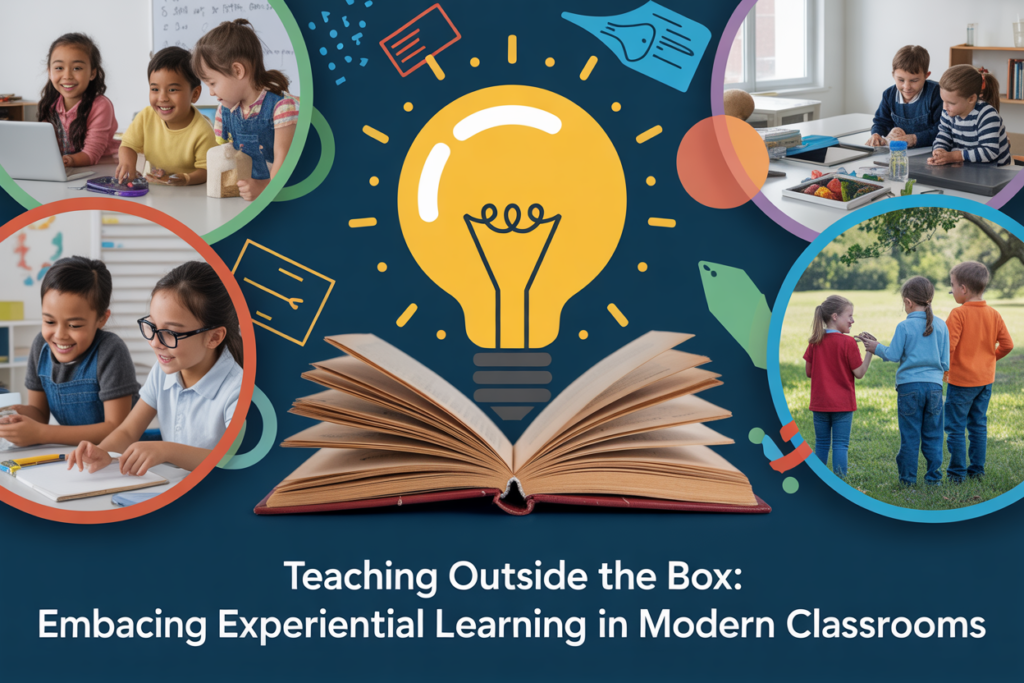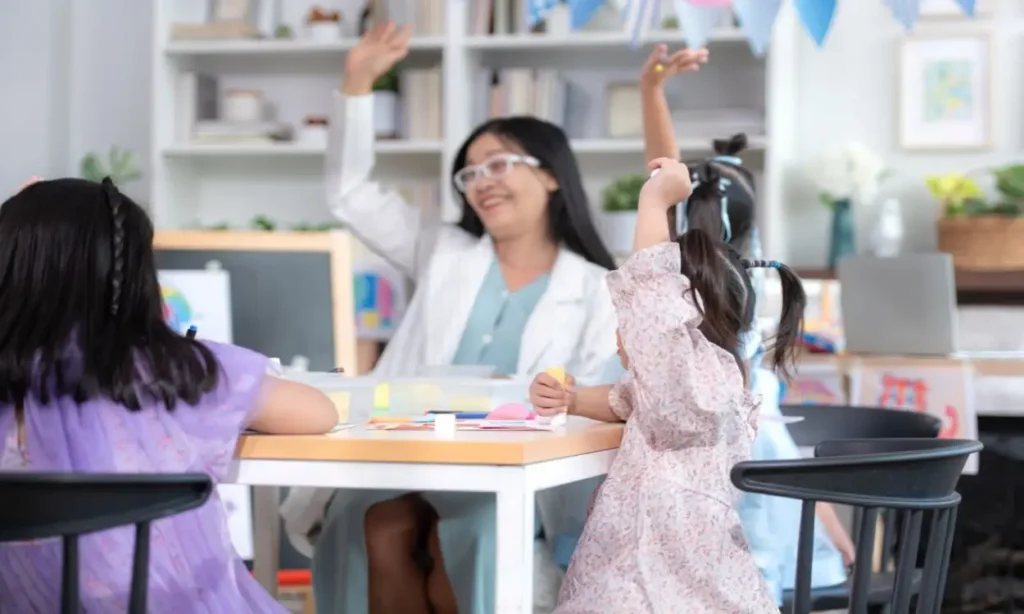
In the rapidly evolving educational landscape, traditional methods of content delivery are increasingly proving inadequate. The conventional approach, which often centers on passive absorption of information, fails to engage students meaningfully. To foster a deeper understanding and critical thinking, educators are turning towards experiential learning a dynamic and interactive method that emphasizes active participation and real-world application.
The Limitations of Traditional Content Delivery

Traditional teaching methods often rely heavily on lectures, textbooks, and standardized assessments. While these tools serve as foundational elements in education, they can lead to disengagement among students when overused or applied without variation. The passive nature of such approaches may result in:
- Decreased Student Engagement: Without interactive elements, students may struggle to connect with the material, leading to boredom and lack of interest.
- Limited Critical Thinking: Relying solely on rote memorization and passive learning does not encourage students to analyze, evaluate, or synthesize information critically.
- Poor Retention of Knowledge: Information presented without context or application is often forgotten quickly, as students fail to see its relevance to real-world situations.
Understanding Experiential Learning

Experiential learning is a pedagogical approach that posits learning as a process whereby knowledge is created through the transformation of experience. This method encourages students to engage in hands-on activities, reflect on those experiences, and apply their insights to new situations. Key characteristics of experiential learning include:
- Active Participation: Students engage directly in learning experiences rather than passively receiving information.
- Reflection: Learners critically reflect on their experiences to derive meaning and understanding.
- Application: Students apply their learning to real-world contexts, bridging the gap between theory and practice.
- Personalization: The approach often tailors learning experiences to individual interests and needs, enhancing motivation and relevance.
Benefits of Experiential Learning
Implementing experiential learning strategies offers numerous advantages:
- Enhanced Engagement: Active involvement in learning activities increases student interest and motivation.
- Improved Critical Thinking: Engaging with real-world problems encourages students to analyze and evaluate information critically.
- Better Knowledge Retention: Applying learning to practical situations helps solidify knowledge and makes it more memorable.
- Development of Soft Skills: Experiential learning fosters communication, teamwork, problem-solving, and adaptability skills essential for success in the modern workforce.
- Increased Confidence: Successfully navigating real-world challenges boosts students’ self-efficacy and confidence in their abilities.
Implementing Experiential Learning in the Classroom

Educators can incorporate experiential learning into their teaching practices through various strategies:
- Project-Based Learning: Students work on projects that require them to research, collaborate, and present their findings, simulating real-world tasks.
- Field Trips and Site Visits: Exposing students to environments outside the classroom provides practical insights and contextual understanding.
- Simulations and Role-Playing: These activities allow students to experience scenarios and make decisions in a controlled setting, enhancing problem-solving skills.
- Service Learning: Involves students in community service projects that are connected to academic learning objectives, promoting civic responsibility and real-world application.
- Internships and Apprenticeships: Providing opportunities for students to work in professional settings allows them to gain firsthand experience in their field of interest.
Challenges and Considerations

While experiential learning offers significant benefits, its implementation may present challenges:
- Resource Intensive: Organizing experiential learning activities can require substantial time, effort, and resources from educators and institutions.
- Assessment Difficulties: Evaluating experiential learning outcomes may be more complex compared to traditional assessments, requiring alternative evaluation methods.
- Equity Concerns: Ensuring all students have equal access to experiential learning opportunities can be challenging, particularly in diverse educational settings.
- Curriculum Constraints: Integrating experiential learning into standardized curricula may necessitate adjustments to meet educational standards and objectives.
Despite these challenges, the advantages of experiential learning make it a valuable approach in contemporary education. the shift from traditional content delivery to experiential learning represents a significant evolution in educational practices. By emphasizing active participation, real-world application, and critical reflection, experiential learning fosters deeper understanding, enhances engagement, and prepares students for the complexities of the modern world. Educators and institutions committed to developing critical thinkers, problem-solvers, and lifelong learners must embrace and implement experiential learning strategies to meet the demands of today’s dynamic educational landscape.


